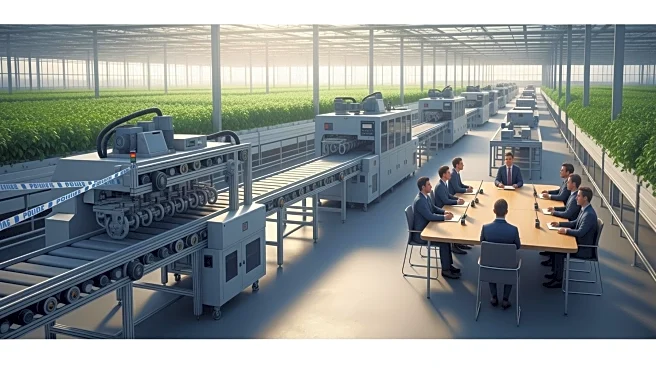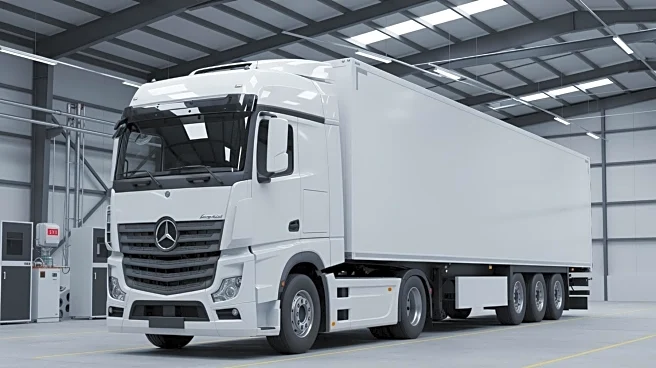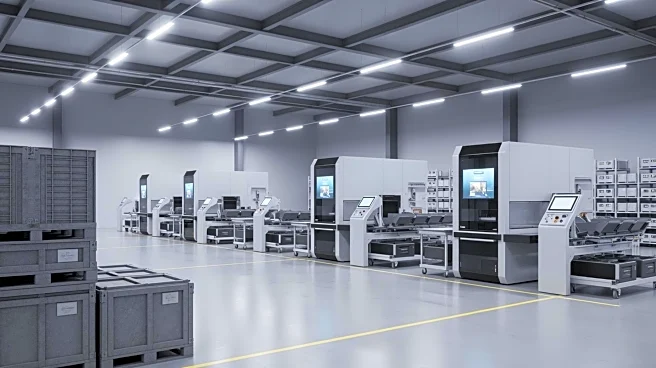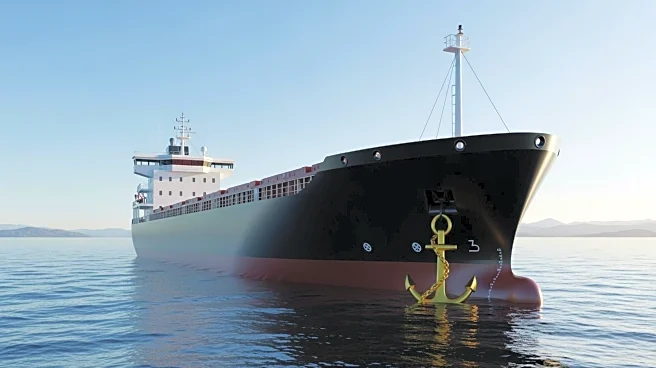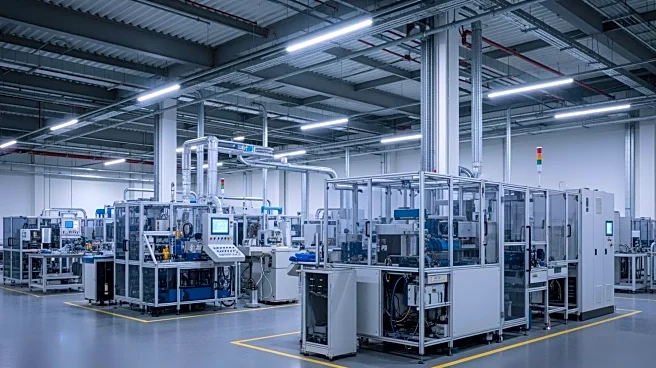What's Happening?
Regions across the United States are increasingly competing to attract site-selection decision makers by enhancing their logistics profiles. This involves investing in geographical advantages and proximity to major markets, as well as developing community,
regional, and state resources that supply the soft infrastructure necessary for a world-class logistics hub. Key factors include multimodal access environments, proximity to major population centers, and strategic location along international trade corridors. The competition is driven by the growing complexity and importance of supply chains, with regions striving to incorporate characteristics that make them logistics-friendly.
Why It's Important?
The ability of a region to attract logistics operations can significantly impact its economic growth and development. By becoming logistics hot spots, regions can create jobs, stimulate local economies, and enhance their competitiveness in the global market. The focus on logistics infrastructure and community resources highlights the importance of strategic planning and investment in regional development. As supply chains become more vital, regions that successfully position themselves as logistics hubs can benefit from increased trade and business opportunities.
What's Next?
Regions will continue to invest in infrastructure and community resources to enhance their logistics profiles. This may involve partnerships with educational institutions to develop a skilled workforce, as well as investments in transportation networks and technology. The competition among regions is likely to intensify, with those able to offer comprehensive logistics solutions gaining an advantage in attracting businesses and investments.
Beyond the Headlines
The development of logistics hubs raises questions about environmental impact, land use, and community engagement. As regions expand their logistics capabilities, they must consider sustainable practices and the potential effects on local communities. Additionally, the reliance on technology and innovation in logistics may require ongoing adaptation and investment to remain competitive.






